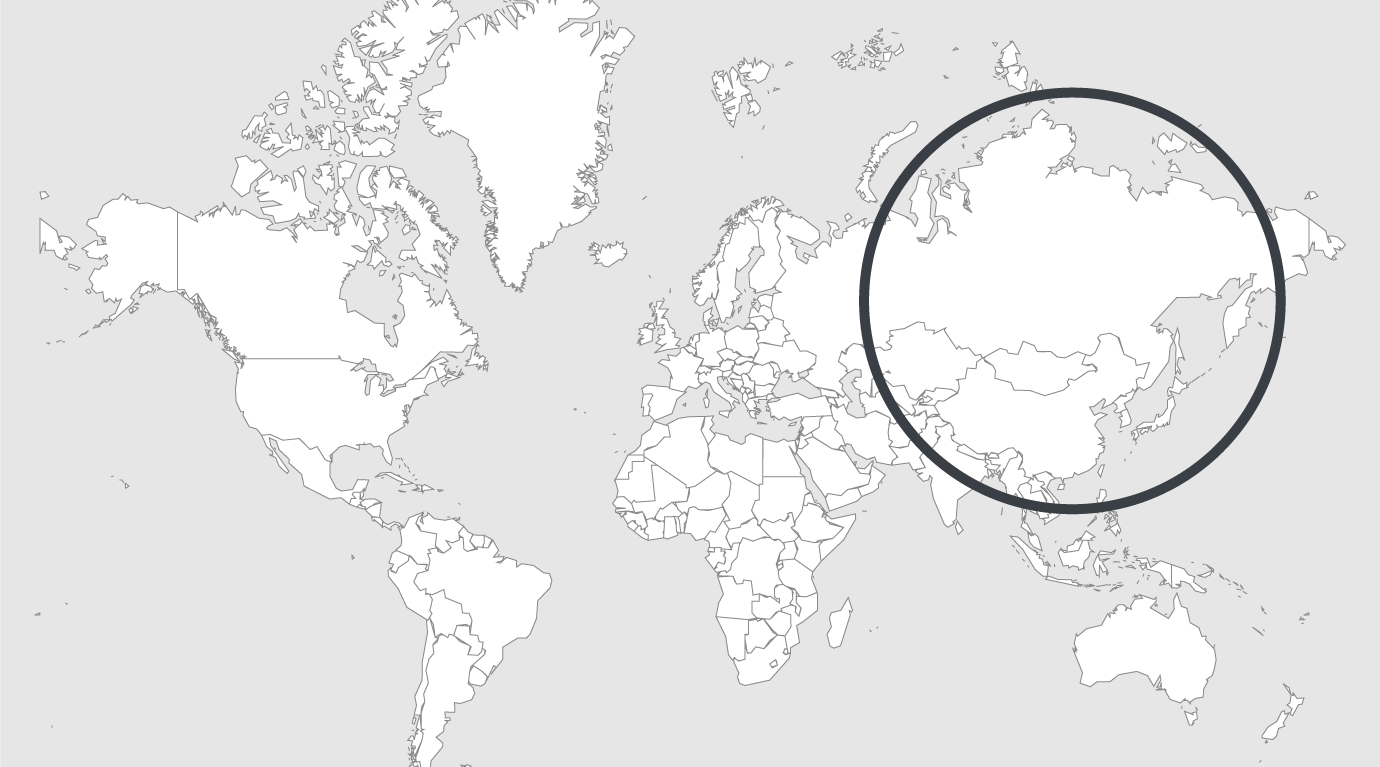
Explore
Inside Japan’s chilling death row prisons where inmates are executed with no warning after decades waiting to die
Seven members of a brainwashed doomsday cult were hanged last week in a sterile Japanese execution chamber for carrying out a deadly gas attack in 1995.
The Asian country is one of only two first world democracies, along with the US, who kill their own citizens.
Inside death row in Japan
Unlike America where execution dates are set in advance, prisoners in Japan are executed with very little warning and are told they are going to die on the morning of their execution - usually about an hour before.
The UN Committee against Torture has criticised Japan for the psychological strain this places on inmates and their families.
Condemned inmates in the country are executed by hanging – where their neck is swiftly broken using a rope and a trap door. A blindfold and black hood is placed over the prisoner’s head before they are killed. Three prison officers simultaneously press buttons to open the trap so it is not clear which one is responsible. Only prison officials and a priest are present.
How many people does Japan execute every year?
Between 2012-2016, 24 people were executed, according to the most recent justice ministry data. Hangings are announced afterwards. Since 2007 the justice ministry has released the names and crimes of those executed. The annual number of those executed in Japan normally does not exceed ten - for example, from 1977 until 2007, the country never executed more than nine people in a 12 month period. Last week, seven people were executed at several facilities which was the largest number executed at one time since 1998, when the justice ministry started releasing information on executions, officials said. Those killed included the leader and six members of the Aum Shinrikyo cult that carried out a deadly sarin gas attack on the Tokyo subway in 1995, which killed 13 people.
What rights do Japanese death row inmates have?
Those sentenced to death can appeal up to the Supreme Court. The multiple Aum-related trials lasted more than 20 years. Convicted inmates can seek a retrial even after a Supreme Court ruling, but this does not guarantee a stay of execution. Several of those executed on Friday may have had requests for retrials pending, Amnesty International said.
The law says an execution must take place within six months of the sentence being finalised by the courts, but in practice it usually takes several years. The justice minister decides the timing.
Read full article
